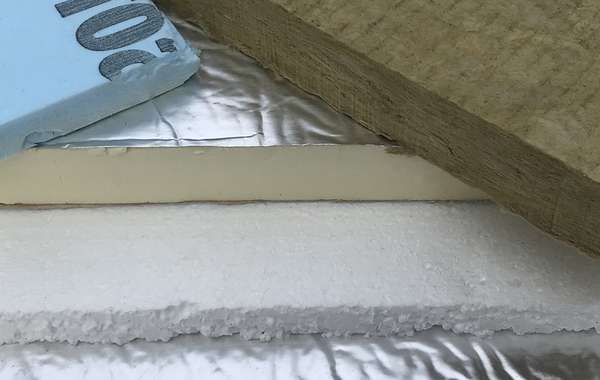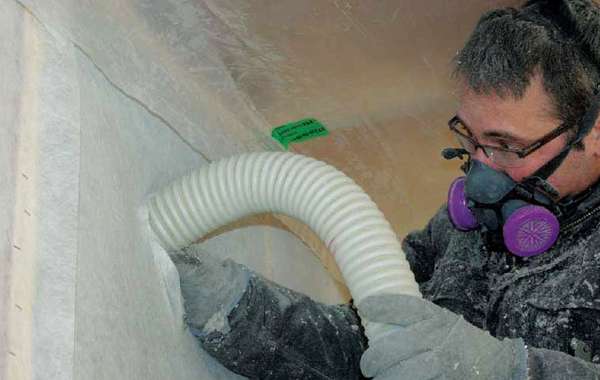Can you use polyiso insulation on the exterior of a wall behind cedar siding on the west coast?
At what point/temp & to what extent does polyiso board loose its thermal properties? Does it go below R4.5 per inch? Is it usless at -15C ? or equal to XPS ?


























Polyiso starts to fall off in R value around 5-10C , but it's not a catastrophic failure, and given your use of Celsius and ‘West Coast’, I’m thinking you may be around Vancouver? Where exactly are you located? You can read all about Polyiso and other rigid insulation panels here –
Rigid insulation panels, how to choose the best ones for different applications
You will read in that article a bit more about the ‘thermal drift’ as the R value and thermal protection is reduced during very cold weather. So depending on your exact location, that may or may not be a factor worth considering. But the cold won’t doesn’t render it useless, and it shouldn’t go as low as R 4.5 by about -15C. Typically, it would be considered to have an R value of 5.5 per inch in warm climates, and about R 5 per inch in colder climates. If I’m right about where you live then you’re probably in the middle of that.
So the thermal performance isn’t terrible, but there is another concern, which is also addressed in the article linked above. Polyiso rigid insulation has a foil membrane on each side to contain the gases, and that foil is a vapor barrier.
Using it on the outside means you are installing an exterior vapour barrier and that’s not a good thing. what made you choose Polyiso? We would alternatively suggest you use Rockwool, that is a favourite of ours for renovating the exterior of existing homes, since moisture moves right through it you are not at risk of trapping humidity inside the wall assembly.
Piggybacking on this thread, would you, Mike, have any suggestions for how to minimize rockwool particles from becoming loose / airborne from van movement? What are your thoughts on wool or thinsulate instead?